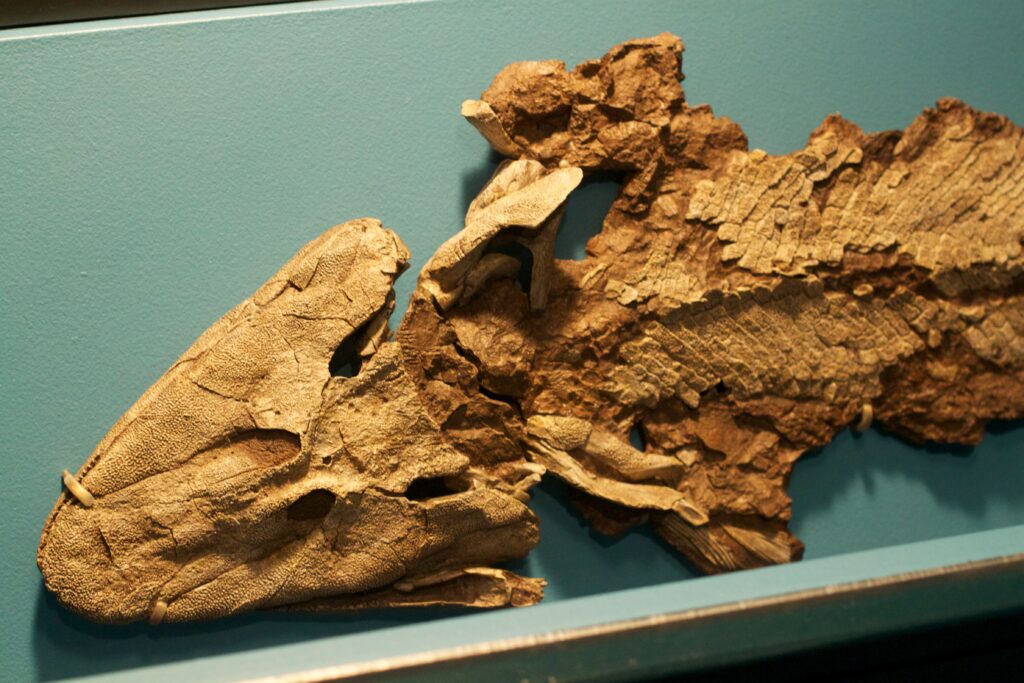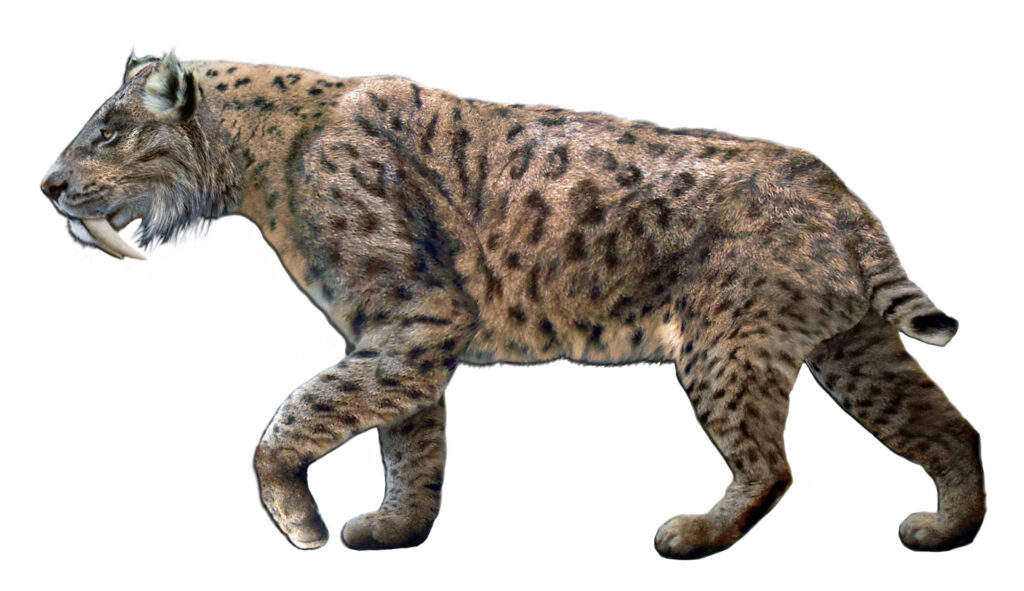Have you ever wondered how certain discoveries can completely change what we thought we knew about the past? Throughout history, some fossil discoveries have been so groundbreaking that they’ve forced scientists to reconsider everything they believed about prehistoric life. These remarkable finds didn’t just add to our knowledge – they fundamentally rewrote the story of life on Earth.
From ancient seas to primordial forests, these extraordinary specimens have revealed secrets that lay buried for millions of years. Each discovery challenged established theories and opened new windows into understanding evolution, extinction, and the incredible diversity of life that once flourished on our planet. Let’s explore five fossil discoveries that didn’t just make headlines – they changed everything.
Lucy: The Fossil That Revolutionized Human Evolution
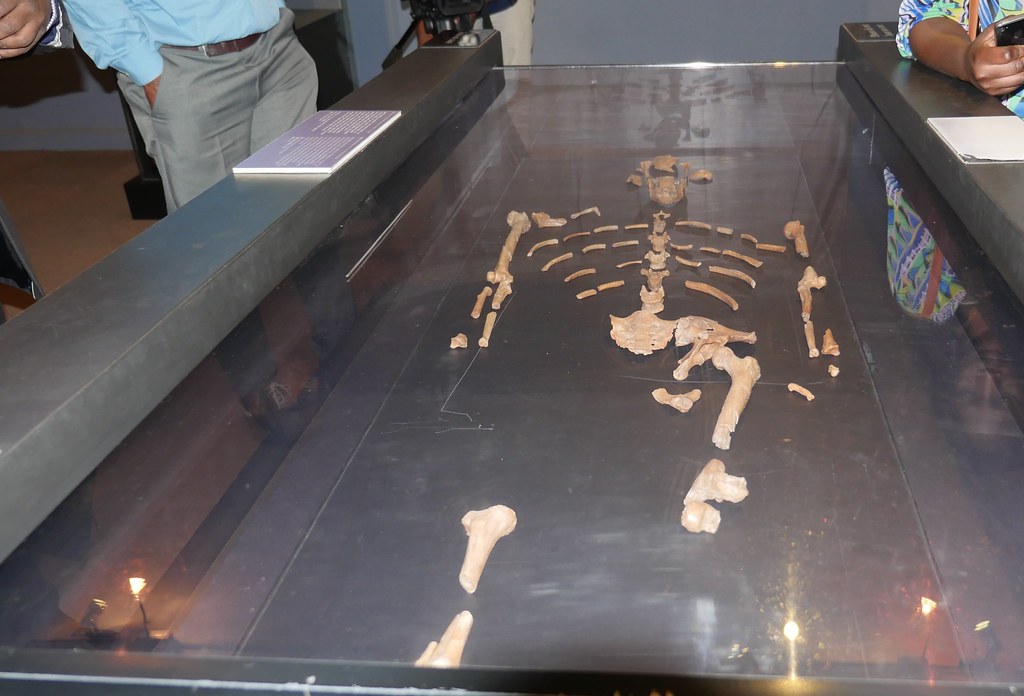
In the dusty landscape of Ethiopia, paleontologist Donald Johanson made a discovery that would forever change how we understand human origins. On November 24, 1974, he spotted an arm bone fragment poking out of a slope in the Hadar region, not knowing he was about to unearth one of the most significant fossils in human history. As the Beatles’ song “Lucy in the Sky With Diamonds” played over and over during the celebration that night, the skeleton was given the name “Lucy”.
Lucy is an early australopithecine dated to about 3.2 million years ago, and her skeleton is around 40% complete – at the time of her discovery, she was by far the most complete early hominin known. One of the most striking characteristics of the Lucy skeleton is a valgus knee, which indicates that she normally moved by walking upright, providing evidence that hominins became bipedal before the development of large brains. This discovery shattered the prevailing assumption that intelligence led the way in human evolution.
When AL 288-1 and other fossils were officially described for the first time in 1978, they sparked a rethink of human evolution, proving that australopithecines truly were humans, much more relevant to our ancestry than experts previously thought. This species survived for more than 900,000 years, which is over four times as long as our own species has been around, and may be a direct descendant of Au. anamensis and may be ancestral to later species.
Archaeopteryx: The Missing Link Between Dinosaurs and Birds
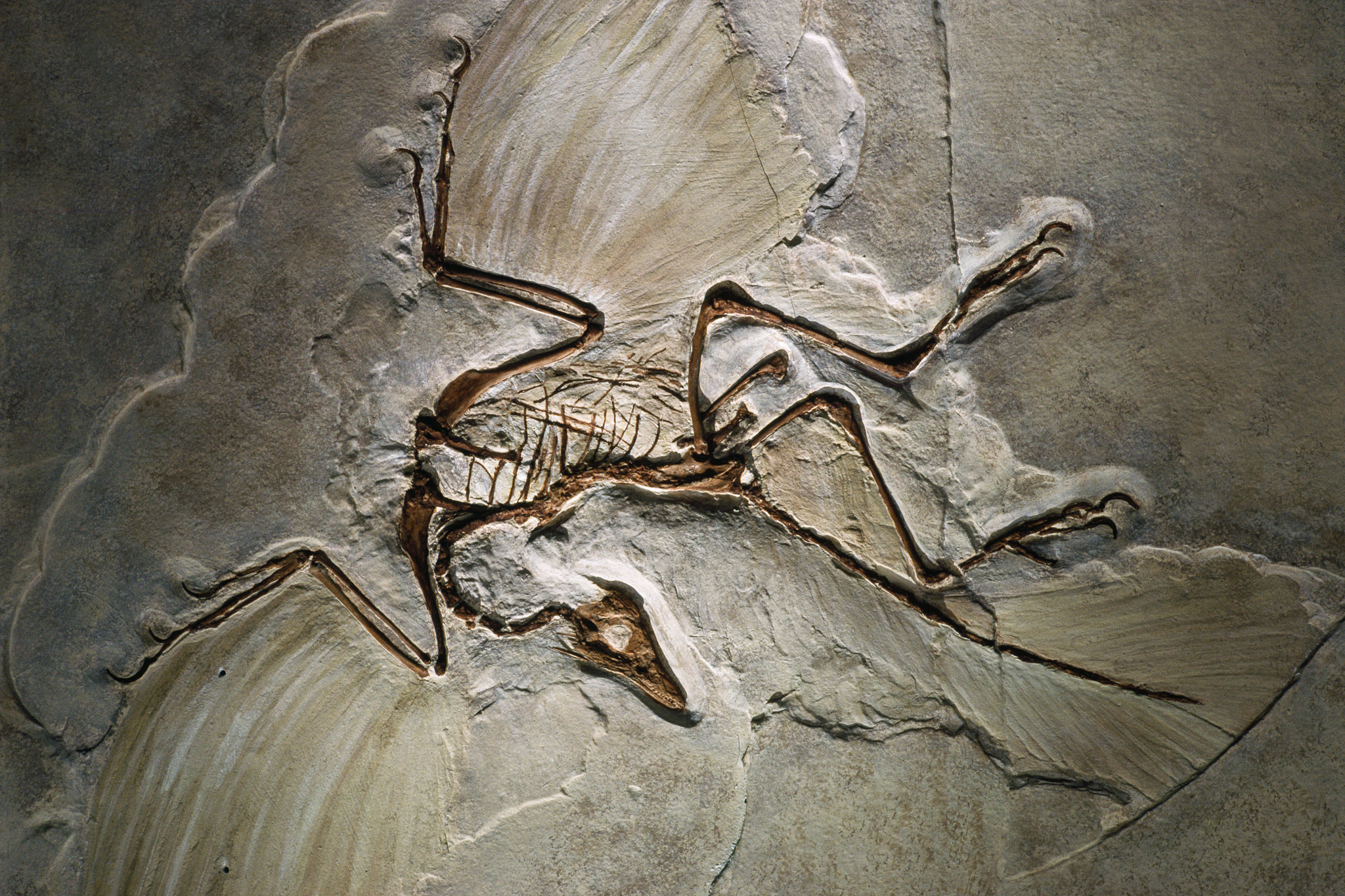
The type specimen of Archaeopteryx was discovered just one year after Charles Darwin published On the Origin of Species, and seemed to confirm Darwin’s theories, becoming a key piece of evidence for the origin of birds and confirmation of evolution. The discovery of the first Archaeopteryx fossil in Germany in 1860 caused a lot of confusion, as no birds were known from so far back, and some people even thought it might be an angel.
Most specimens come from the Solnhofen limestone in Bavaria, southern Germany, dating to approximately 150.8–148.5 million years ago, and Archaeopteryx was roughly the size of a raven, reaching up to 50 centimetres in body length and 70 centimetres in wingspan. Unlike living birds, however, Archaeopteryx had well-developed teeth and a long well-developed tail similar to those of smaller dinosaurs, and the three fingers bore claws and moved independently, unlike the fused fingers of living birds.
These features make Archaeopteryx a clear candidate for a transitional fossil between non-avian dinosaurs and avian dinosaurs, playing an important role not only in the study of the origin of birds, but in the study of dinosaurs. As paleontologists gained a greater sense of Archaeopteryx’s resemblance to both taxa, they began to believe that dinosaurs and birds were related, with Archaeopteryx representing a strange, intermediary stage between the two.
Mary Anning’s Marine Reptile Discoveries: Unveiling Ancient Seas
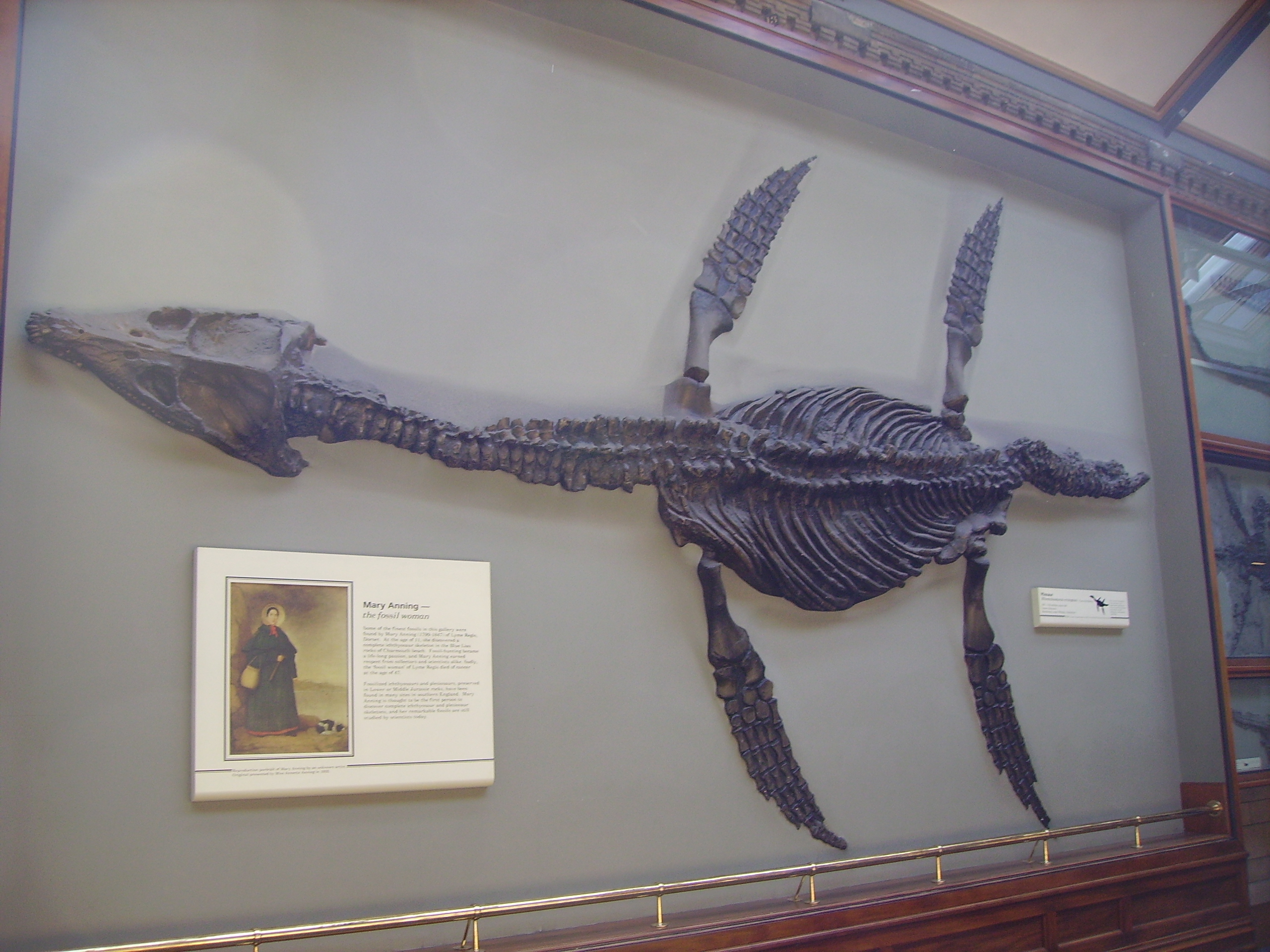
Mary Anning, a professional fossil collector since age eleven, collected fossils of marine reptiles and prehistoric fish from the Jurassic marine strata at Lyme Regis, including the first ichthyosaur skeleton to be recognized as such in 1811, and the first two plesiosaur skeletons ever found in 1821 and 1823. Mary Anning was only 12 when she and her brother discovered the Ichthyosaurus skeleton.
In Britain, Mary Anning’s discoveries of fossils, including the first complete ichthyosaur and a complete plesiosaurus skeleton, sparked both public and scholarly interest. These discoveries revealed that ancient seas teemed with reptilian predators unlike anything alive today. It was Anning who observed that stony objects known as “bezoar stones” were often found in the abdominal region of ichthyosaur skeletons, and she suggested to Buckland that they were fossilized feces, which he named coprolites.
Her systematic approach to fossil collection helped establish paleontology as a legitimate scientific discipline. The marine reptiles she discovered painted a picture of Jurassic seas populated by dolphin-like ichthyosaurs and long-necked plesiosaurs, fundamentally changing how scientists viewed prehistoric marine ecosystems and the diversity of ancient life forms.
Tiktaalik: The Fish That Walked Out of Water
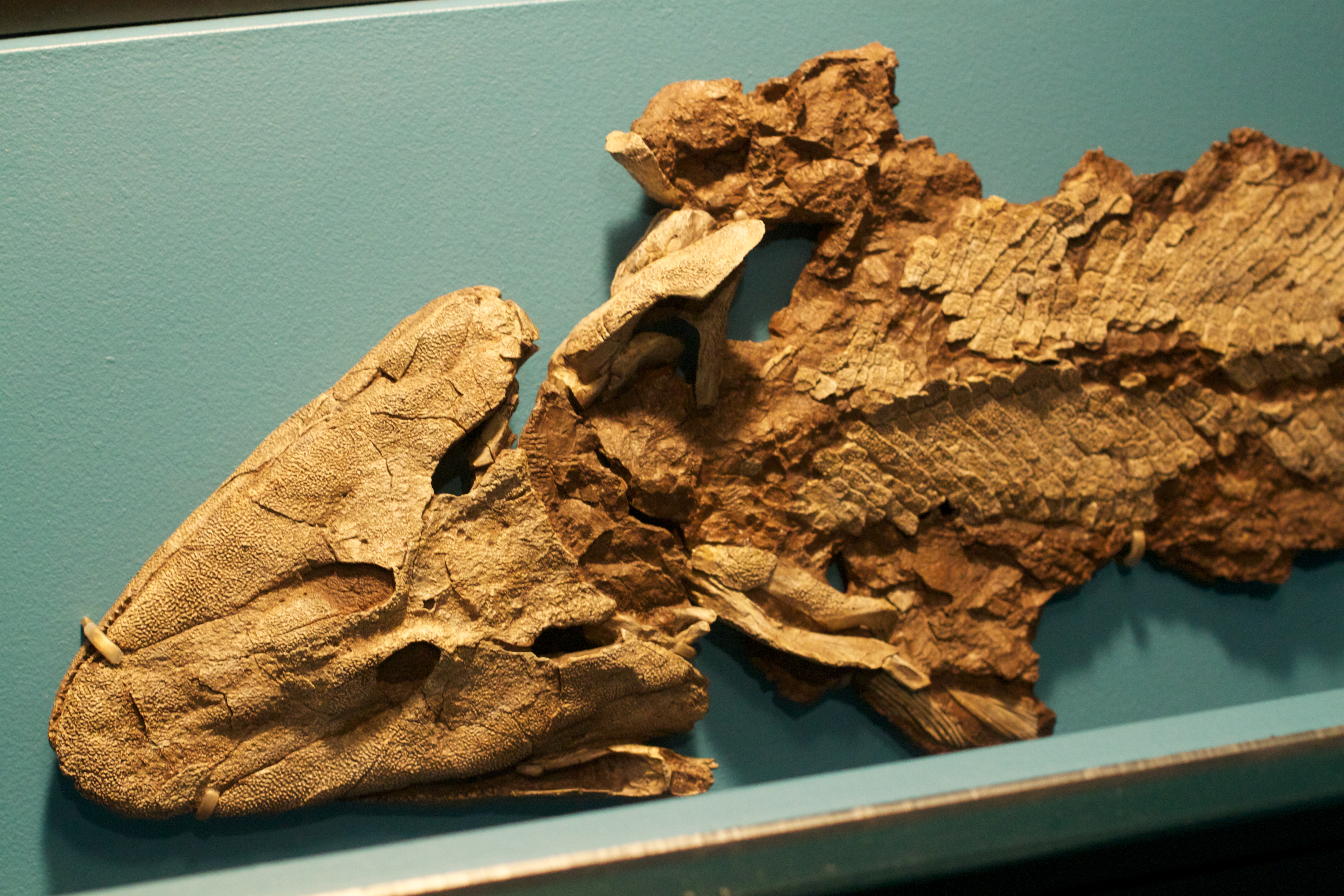
The fossilized remains of Tiktaalik were discovered in 2004 in the Canadian Arctic by a team led by Neil Shubin and Ted Daeschler, and Tiktaalik was a transitional species that represented a key step in the evolution of vertebrates from fish to tetrapods. It had anatomical features that were intermediate between fish and tetrapods, including a flattened head, a neck, and robust forelimbs with wrist-like joints that were capable of supporting its weight on land.
The discovery of Tiktaalik validated predictions made by paleontologists about where such transitional fossils might be found, and it represents a critical moment in the history of life, showcasing how vertebrates began their colonization of terrestrial environments. The discovery was significant because it provided strong evidence that tetrapods evolved from fish that began to venture onto land in search of food or to escape predators, and provided insights into the evolutionary changes required for fish to make the transition to life on land.
This remarkable “fishapod” lived approximately 375 million years ago and possessed features that bridged the gap between aquatic and terrestrial life. Its discovery filled a crucial evolutionary gap and demonstrated how major transitions in life history occur gradually through intermediate forms that combine features of both ancestral and descendant groups.
The Taung Skull: Redefining Human Ancestry

Discovery of the ‘Taung skull’ in South Africa, classified as Australopithecus africanus in 1925, was clearly more ancient than earlier finds and anatomist Raymond Dart, who first analyzed it, claimed it was a human ancestor. He was criticized very strongly by English scientists who believed in ‘Piltdown Man’, and it was not until the 1950s that this species was fully acknowledged as belonging on the human family tree.
The discovery challenged prevailing views about human evolution that placed our origins in Asia or Europe rather than Africa. Neanderthals were the first ancient humans to gain scientific and popular recognition, with their fossils beginning to be found in Europe in the 1800s but scientists had no perspective or evolutionary framework by which to explain them. The Taung skull represented something entirely different – a much older ancestor from an unexpected continent.
Dart’s interpretation of this small skull as an upright-walking ancestor was revolutionary for its time. The scientific community’s initial rejection of his findings reflected the deep-seated biases about human origins. Only decades later, when more African fossils were discovered, did the scientific establishment finally accept that Africa was indeed the cradle of humanity, fundamentally reshaping our understanding of where and how humans evolved.
The Burgess Shale: Window Into Evolution’s Great Experiment
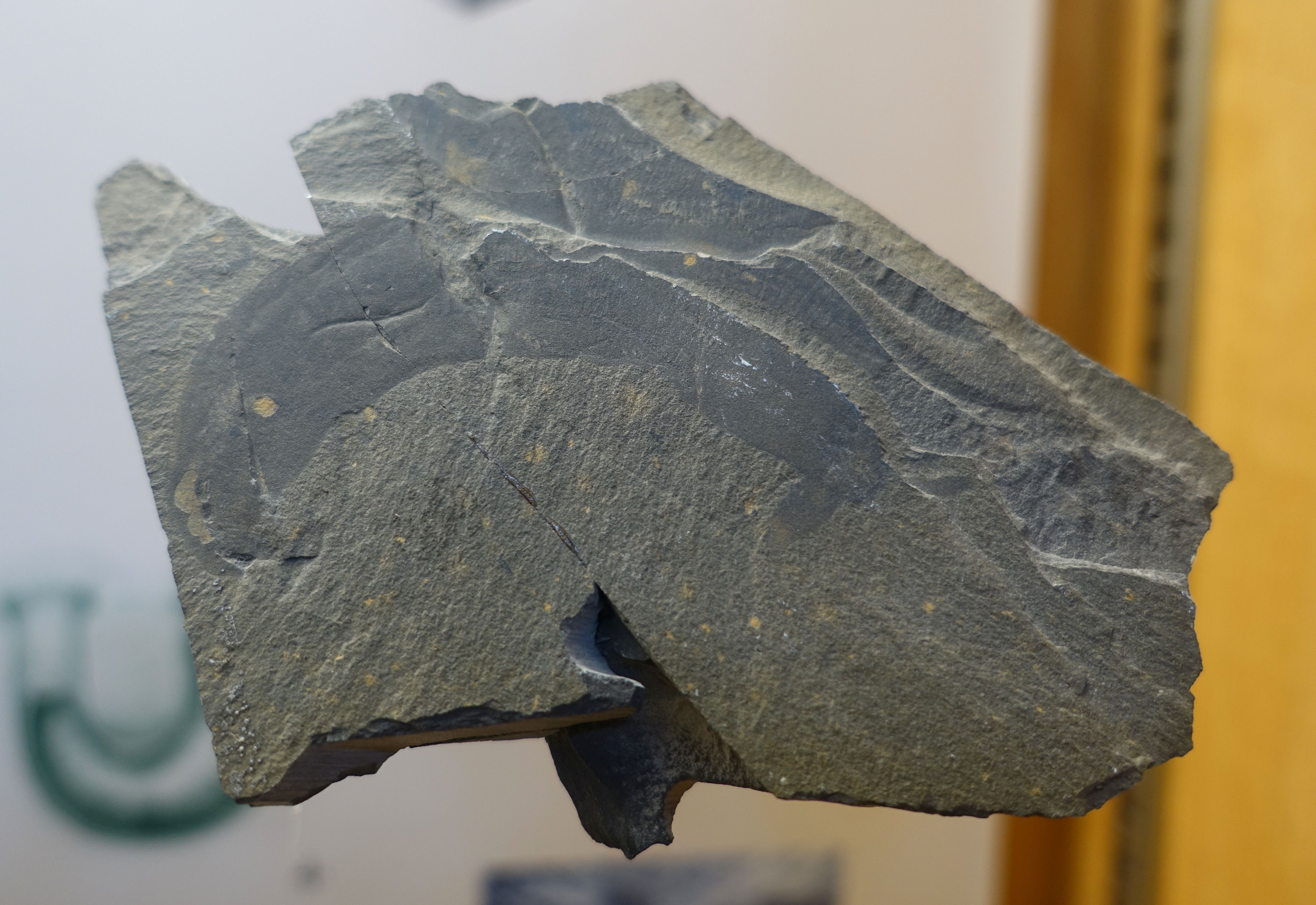
Cambrian fossils in the Burgess Shale were discovered by Charles Walcott in 1909. These extraordinary fossils revealed the incredible diversity of life forms that existed during the Cambrian period, roughly 508 million years ago. The preservation quality was so exceptional that soft tissues, which rarely fossilize, were perfectly maintained, revealing creatures unlike anything seen before or since.
The Burgess Shale fossils showed that evolution experimented with body plans that have no modern equivalents. Strange creatures like Opabinia with its five mushroom-shaped eyes and vacuum-cleaner proboscis, and Hallucigenia with its rows of defensive spikes, demonstrated that life once explored evolutionary pathways that led nowhere. These discoveries revealed that the Cambrian explosion was even more dramatic than previously imagined.
This fossil site fundamentally changed how scientists think about evolution and extinction. Rather than a steady progression toward complexity, the Burgess Shale showed that evolution was more like a vast experiment, with most lineages failing to survive. The few that did survive became the ancestors of all modern animal groups, making us realize how contingent and unpredictable the history of life truly is.
Conclusion

These five fossil discoveries represent more than just scientific breakthroughs – they’re reminders of how much our planet’s history continues to surprise us. From Lucy’s upright stance challenging assumptions about brain-first evolution, to Archaeopteryx bridging the gap between dinosaurs and birds, each find has fundamentally altered our understanding of life’s incredible journey through time.
The story of paleontology shows us that science is always evolving, with new discoveries constantly refining and sometimes completely overturning what we thought we knew. These fossils didn’t just fill gaps in the fossil record – they revealed entirely new chapters in the story of life on Earth. What discoveries lie buried beneath our feet right now, waiting to rewrite history once again? The next groundbreaking fossil could be found tomorrow, ready to challenge everything we think we know about our ancient past.

